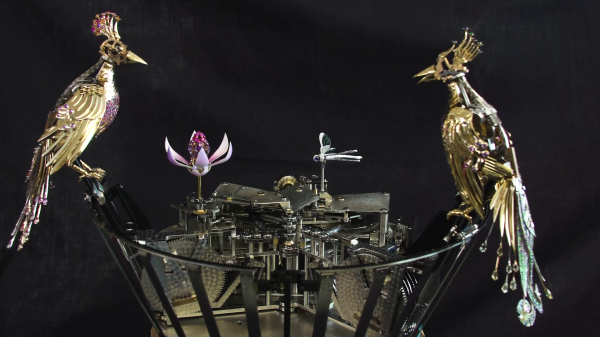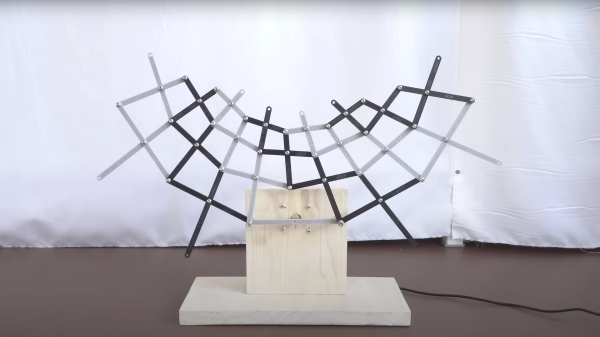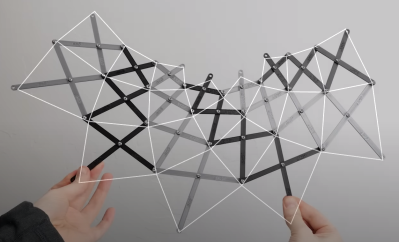Inspiration can strike a maker at any moment. For [Laura Kampf], it happened in the desert when she saw a tumbleweed.
Tumbleweeds roll through the western United States, hitting cars on the interstate and providing some background motion for westerns. [Kampf] found the plant’s intricate, prickly structure mesmerizing, and decided to turn it into a piece of contemplative kinetic art.
[Kampf] attached the tumbleweed to a piece of wood using epoxy and mounted it to what appears to be a worm drive motor nestled inside an interestingly-shaped piece of wood. As the tumbleweed turns, a light shines through it to project a changing shadow on the wall to “create silence, it creates calmness, it takes away from the noise that surrounds it.” While [Kampf] has some work to do to get the sculpture to its finished state, we can get behind her mantra, “The most important thing about the phase of execution is to get started.”
Are you looking for some projects of your own to help you find calm? How about some ambient lighting, a sand drawing table, or a music player that keeps things simple?
Continue reading “Cisco Ball Is The Tumbleweed Opposite Of A Disco Ball”





















